FAQ'sFrequently Asked Questions about Telegraf
Who are Telegraf?
Telegraf is an open-source data collection agent designed to gather and send metrics and events from various sources to a specified destination, primarily for use within the InfluxData ecosystem. It is part of the TICK stack, which includes Telegraf, InfluxDB, Chronograf, and Kapacitor.
What are Telegrafs products?
Telegraf itself is a product that serves as a plugin-driven server agent for collecting and reporting metrics. It is extensible with a wide range of input and output plugins, allowing users to collect data from systems, databases, and IoT devices.
What services do Telegraf offer?
Telegraf offers data collection services, enabling users to gather metrics from various sources and send them to different endpoints, such as InfluxDB or other monitoring systems. It focuses on performance monitoring, system metrics, and event logging.
What type of companies do Telegrafs products suit?
Telegrafs products are suitable for companies of all sizes that require robust monitoring and analytics capabilities, particularly those in IT infrastructure, DevOps, IoT, and any organisation that relies on real-time data analytics.
How much does Telegrafs product cost?
Telegraf is an open-source tool and is available for free. However, users may incur costs associated with the infrastructure required to run Telegraf and associated services, such as InfluxDB.
Does Telegraf offer a free trial?
As an open-source product, Telegraf does not require a trial period. Users can download and use the software at no cost.
What discounts does Telegraf offer on their products?
Since Telegraf is an open-source tool, there are no discounts to offer, as there is no purchase price associated with the software.
Are there any hidden fees or additional costs with Telegraf?
There are no hidden fees associated with Telegraf itself. However, users should consider potential costs for the infrastructure (e.g., cloud services or server maintenance) required to run Telegraf and any additional tools used in conjunction with it.
Who uses Telegrafs products?
Telegraf is used by developers, system administrators, and DevOps teams who seek to collect, aggregate, and send metrics from various sources for monitoring and analysis purposes.
What are the main features of Telegrafs products/services?
Main features of Telegraf include:
- Plugin-driven architecture for extensibility
- Wide range of input and output plugins
- Support for various data formats
- Lightweight and efficient performance
- Integration with the InfluxData ecosystem
How does Telegraf compare to its competitors?
Telegraf is often noted for its lightweight architecture and extensive plugin availability, making it versatile for various use cases. Competitors may offer broader features or different integrations, but Telegraf is favoured for its simplicity and efficiency in data collection.
Is Telegrafs platform easy to use?
Telegraf is designed to be user-friendly, especially for those familiar with command-line interfaces and configuration files. The availability of comprehensive documentation also aids users in setup and integration.
How easy is it to set up Telegrafs product or service?
Setting up Telegraf typically involves downloading the software, configuring input and output plugins, and starting the service. The process is straightforward, particularly for users with basic technical knowledge.
Is Telegraf reliable?
Telegraf has a reputation for reliability in data collection, particularly when properly configured. Its open-source nature allows for community scrutiny and continuous improvements, contributing to its stability.
Does Telegraf offer customer support?
As an open-source project, Telegraf does not provide dedicated customer support. However, users can access community forums and documentation for assistance.
How secure is TelegrafÕs platform?
Telegraf can be configured to use secure protocols for data transmission and supports various authentication methods. Security ultimately depends on the users configuration and the environment in which it operates.
Does Telegraf integrate with other tools or platforms?
Telegraf integrates with various tools and platforms, especially within the InfluxData ecosystem, such as InfluxDB, Chronograf, and Kapacitor. It also supports integration with third-party systems through its extensive plugin architecture.
Can I use Telegraf on mobile devices?
Telegraf is designed to run on servers and does not have a mobile application. However, users can access metrics collected by Telegraf through web-based interfaces or dashboards on mobile devices.
What do users say about Telegraf?
Users generally appreciate Telegraf for its lightweight design, extensive plugin support, and ease of use. Some may note challenges related to configuration or integration with non-standard systems.
What are the pros and cons of Telegraf?
Pros:
- Free and open-source
- Extensible with numerous plugins
- Lightweight and efficient
- Strong community support
Cons:
- Requires technical knowledge for setup
- No dedicated customer support
How can I purchase TelegrafÕs services?
Telegraf is a free tool and does not require a purchase. Users can download it directly from the official website.
What is the cancellation or refund policy for Telegraf?
As Telegraf is free and open-source, there is no cancellation or refund policy in place.
Who uses Telegraf?
Telegraf is used by a variety of professionals, including developers, system administrators, and data analysts, who need to collect and manage time-series data for monitoring and analytics.
What are the common use cases for Telegraf?
Common use cases include performance monitoring of servers, tracking metrics from IoT devices, collecting logs, and aggregating data from multiple sources for analysis.
Why choose Telegraf over other options?
Telegraf is ideal for users seeking a lightweight, extensible, and open-source solution for data collection without the costs associated with proprietary software. Its integration with the InfluxData stack further enhances its utility.
How easy is it to set up Telegraf?
Telegraf is relatively easy to set up, especially with its clear documentation. Users can configure it within minutes, depending on their specific requirements.
Does Telegraf offer training or tutorials?
Telegraf provides extensive documentation and community-driven tutorials online, which can aid users in learning how to effectively use the software.
What languages does Telegraf support?
Telegraf supports multiple languages for its plugins, allowing users to write custom plugins in languages such as Go, which is the primary language for Telegraf itself.
What problems does Telegraf solve?
Telegraf solves the problem of collecting and aggregating metrics and events from diverse sources, enabling users to monitor their systems effectively and gain insights through data analysis.
Is Telegraf worth the investment?
As a free and open-source tool, Telegraf represents a cost-effective solution for organisations seeking to implement robust data collection and monitoring without significant financial investment.
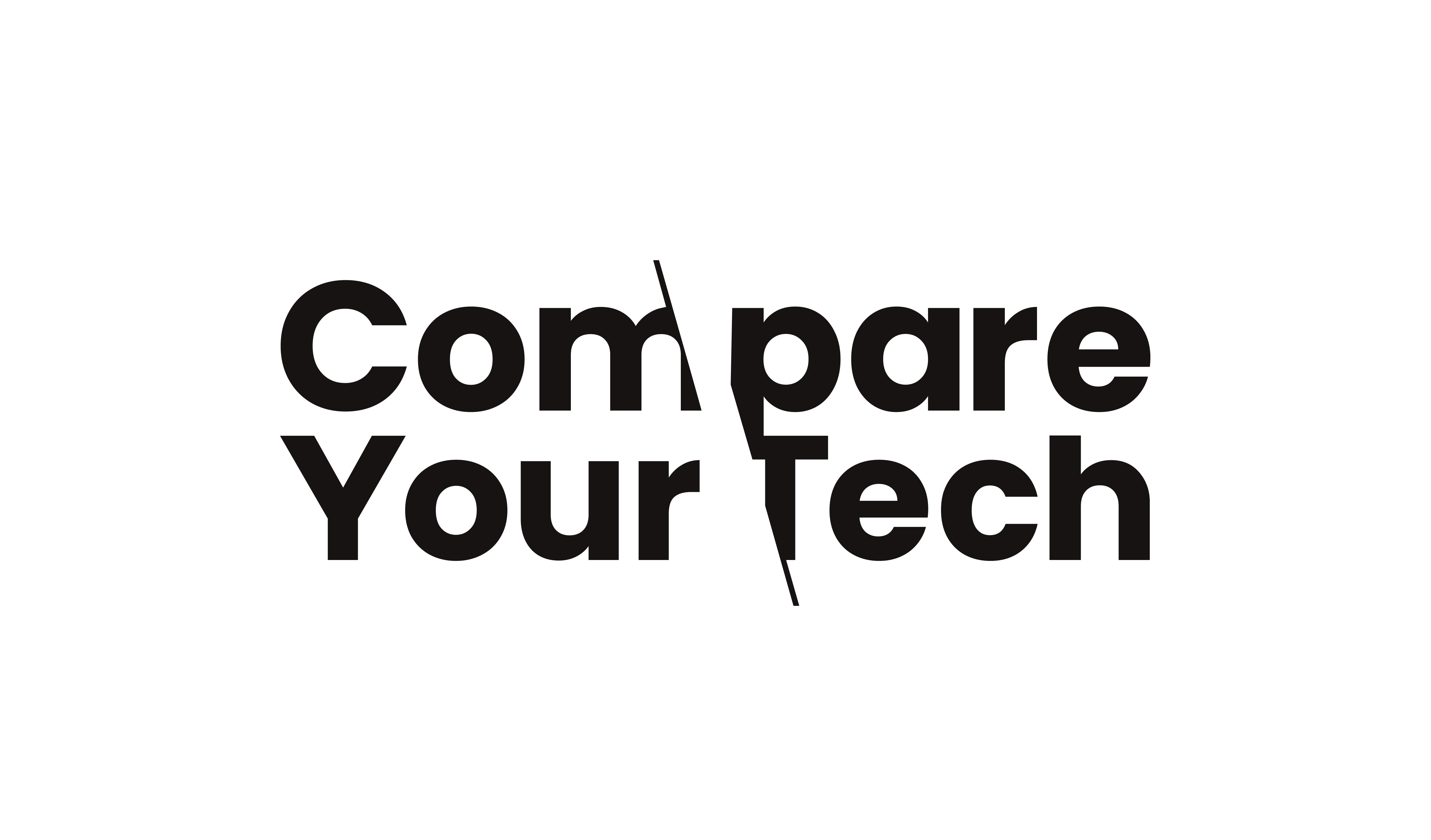

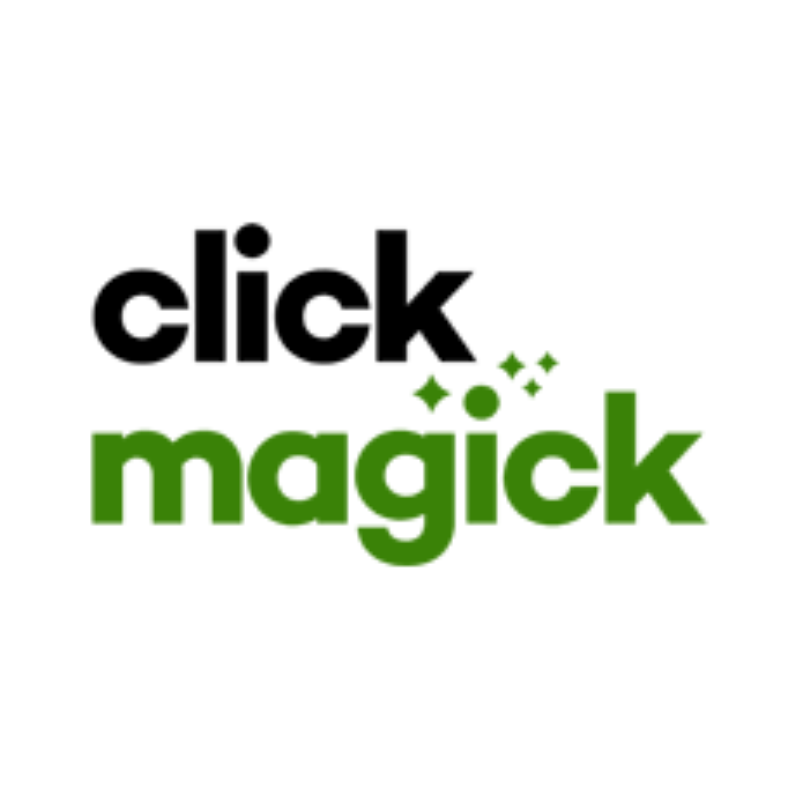
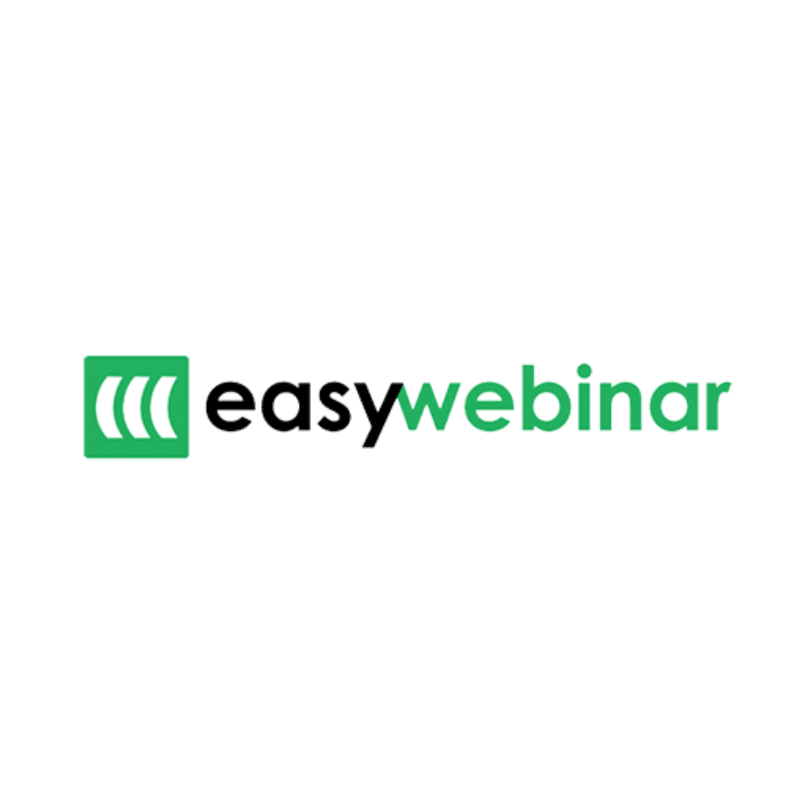
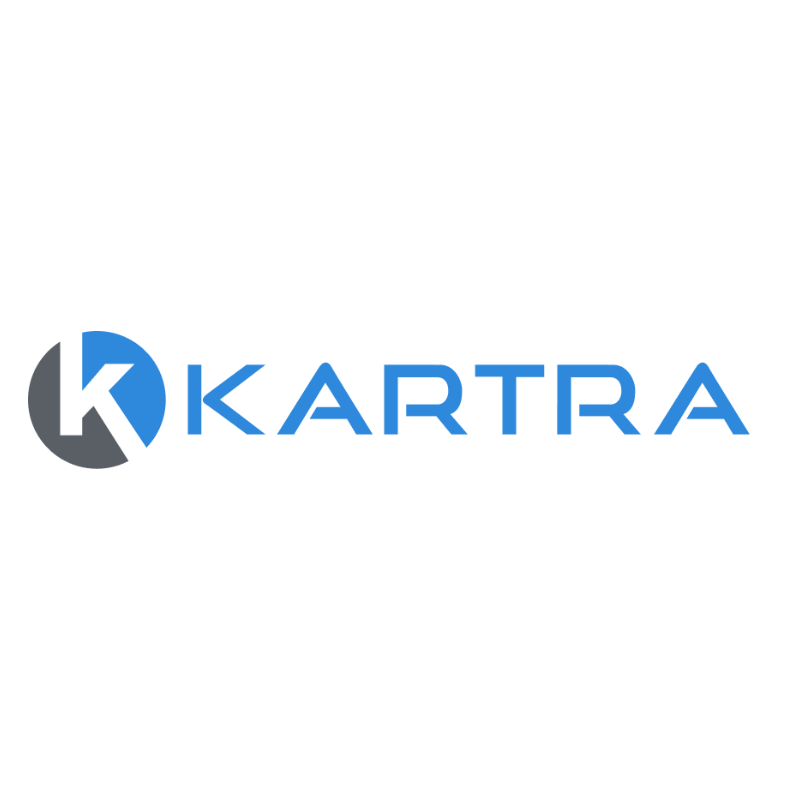
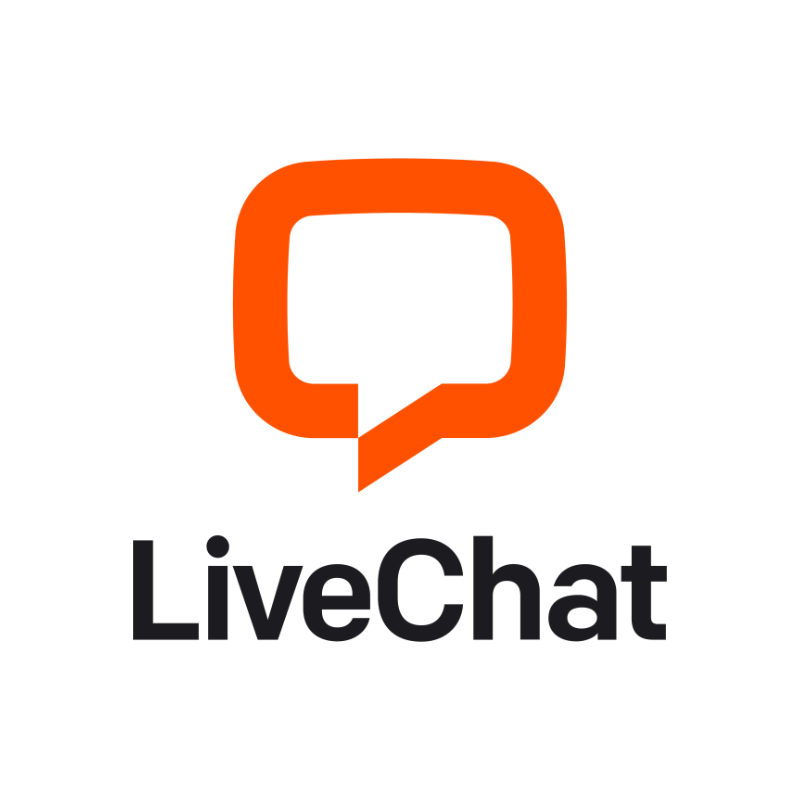
Leave a Reply
You must be logged in to post a comment.